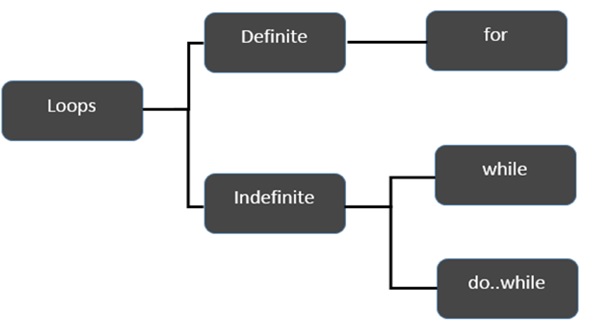
- Dart Programming - Home
- Dart Programming - Overview
- Dart Programming - Environment
- Dart Programming - Syntax
- Dart Programming - Data Types
- Dart Programming - Variables
- Dart Programming - Operators
- Dart Programming - Loops
- Dart Programming - Decision Making
- Dart Programming - Numbers
- Dart Programming - String
- Dart Programming - Boolean
- Dart Programming - Lists
- Dart Programming - Lists
- Dart Programming - Map
- Dart Programming - Symbol
- Dart Programming - Runes
- Dart Programming - Enumeration
- Dart Programming - Functions
- Dart Programming - Interfaces
- Dart Programming - Classes
- Dart Programming - Object
- Dart Programming - Collection
- Dart Programming - Generics
- Dart Programming - Packages
- Dart Programming - Exceptions
- Dart Programming - Debugging
- Dart Programming - Typedef
- Dart Programming - Libraries
- Dart Programming - Async
- Dart Programming - Concurrency
- Dart Programming - Unit Testing
- Dart Programming - HTML DOM
Dart Programming - Loops
At times, certain instructions require repeated execution. Loops are an ideal way to do the same. A loop represents a set of instructions that must be repeated. In a loops context, a repetition is termed as an iteration.
The following figure illustrates the classification of loops −

Lets start the discussion with Definite Loops. A loop whose number of iterations are definite/fixed is termed as a definite loop.
| Sr.No | Loop & Description |
|---|---|
| 1 |
for loop
The for loop is an implementation of a definite loop. The for loop executes the code block for a specified number of times. It can be used to iterate over a fixed set of values, such as an array |
| 2 |
forin Loop
The for...in loop is used to loop through an object's properties. |
Moving on, lets now discuss the indefinite loops. An indefinite loop is used when the number of iterations in a loop is indeterminate or unknown. Indefinite loops can be implemented using −
| Sr.No | Loop & Description |
|---|---|
| 1 |
while Loop
The while loop executes the instructions each time the condition specified evaluates to true. In other words, the loop evaluates the condition before the block of code is executed. |
| 2 |
dowhile Loop
The dowhile loop is similar to the while loop except that the do...while loop doesnt evaluate the condition for the first time the loop executes. |
Let us now move on and discuss the Loop Control Statements of Dart.
| Sr.No | Control Statement & Description |
|---|---|
| 1 |
break Statement
The break statement is used to take the control out of a construct. Using break in a loop causes the program to exit the loop. Following is an example of the break statement. |
| 2 |
continue Statement
The continue statement skips the subsequent statements in the current iteration and takes the control back to the beginning of the loop. |
Using Labels to Control the Flow
A label is simply an identifier followed by a colon (:) that is applied to a statement or a block of code. A label can be used with break and continue to control the flow more precisely.
Line breaks are not allowed between the continue or break statement and its label name. Also, there should not be any other statement in between a label name and an associated loop.
Example: Label with Break
void main() {
outerloop: // This is the label name
for (var i = 0; i < 5; i++) {
print("Innerloop: ${i}");
innerloop:
for (var j = 0; j < 5; j++) {
if (j > 3 ) break ;
// Quit the innermost loop
if (i == 2) break innerloop;
// Do the same thing
if (i == 4) break outerloop;
// Quit the outer loop
print("Innerloop: ${j}");
}
}
}
The following output is displayed on successful execution of the above code.
Innerloop: 0 Innerloop: 0 Innerloop: 1 Innerloop: 2 Innerloop: 3 Innerloop: 1 Innerloop: 0 Innerloop: 1 Innerloop: 2 Innerloop: 3 Innerloop: 2 Innerloop: 3 Innerloop: 0 Innerloop: 1 Innerloop: 2 Innerloop: 3 Innerloop: 4
Example: Label with continue
void main() {
outerloop: // This is the label name
for (var i = 0; i < 3; i++) {
print("Outerloop:${i}");
for (var j = 0; j < 5; j++) {
if (j == 3){
continue outerloop;
}
print("Innerloop:${j}");
}
}
}
The following output is displayed on successful execution of the above code.
Outerloop: 0 Innerloop: 0 Innerloop: 1 Innerloop: 2 Outerloop: 1 Innerloop: 0 Innerloop: 1 Innerloop: 2 Outerloop: 2 Innerloop: 0 Innerloop: 1 Innerloop: 2